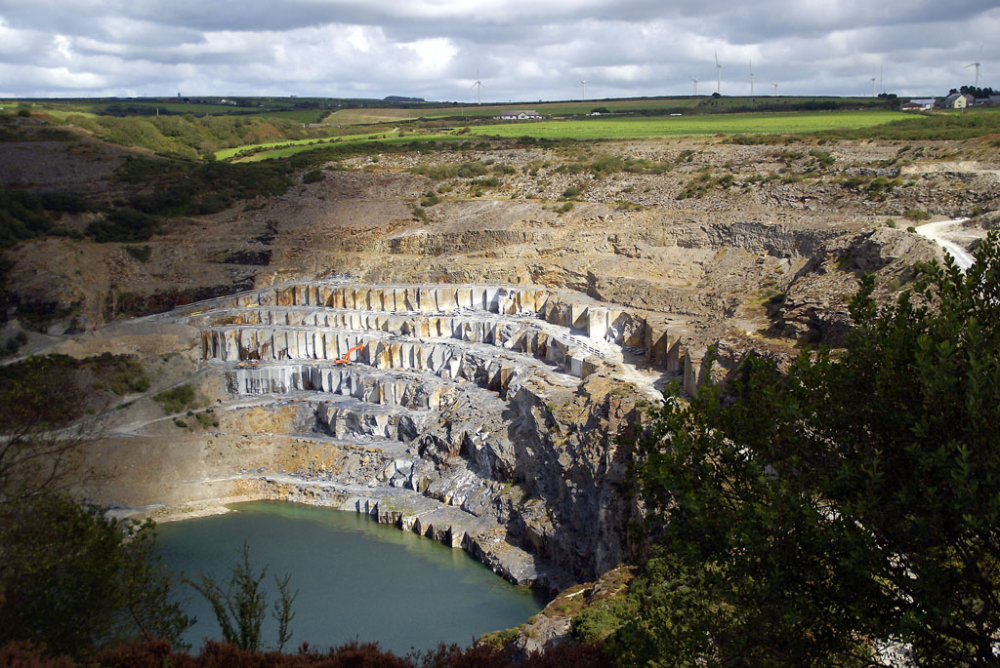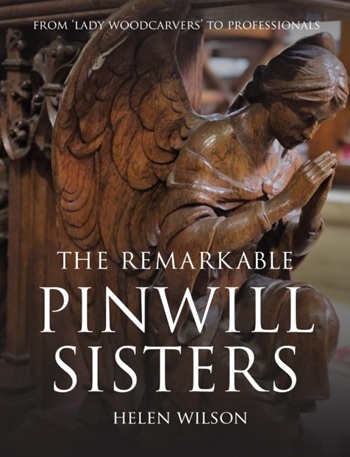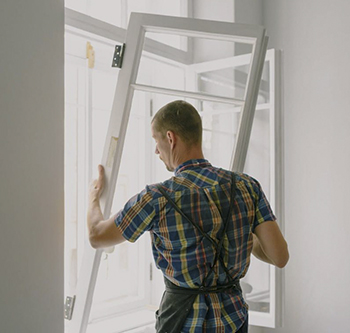Delabole Slate
Delabole is a town in Cornwall UK, it is named after and famous for having the oldest and largest slate quarry in the country, used for over 600 years and with, and said to privide a continued good supply of slate. Delabole slate is the traditional blue-grey slate that comes from this quarry, it is well known for its durability, weather resistance, as well as aesthetic appearance (far left below).
Delabole slates tend to be more robust than standard slates, often laid with what is called a triple lap gauge (or triple lap), this means they have a deeper overlap than a normal standard double lap roof, so overlapping three layers of slate rather than two, which improves durability. Traditionally Delabole slate roofs are referred to as scantile roofs, with the triple overlap and a bedding of wet lime mortar, laid between the slates, and pointed at the edges. Such roofs are very durable as they are commonly found in the fishing villages along the coast of Cornwall and Devon where roofs need to with stand strong winds and sea water.
Deliou Manor, near the current quarry is recorded in the Doomsday Book, in the 1200s the quarry site became known as Delyou Bol in old Cornish, where delyou means flakes or leaves and bol means a pit, it translates as pit of flaky stone. in the 1700s many companies dug from the site, which were amalgamated under the management of Robert Bake of Tynes in the 1800s and The Old Delabole Slate Company was founded and became a Limited Liability Company in 1898. The quarrying of roofing slate and by-products has continued since. Delabole slates were used on Winchester Cathedral, and also the favourite roof covering of the small fishing village of Clovelly in North Devon and many vernacular buildings across Devon and Cornwall.
[edit] Related articles on Designing Buildings
- Battens.
- Ceiling tiles.
- Ceramic tiles.
- Clovelly, a village changing hands and changing with the times.
- Conservation.
- Domestic roofs.
- Flashing.
- Flat roof defects.
- Heritage.
- Historic environment.
- IHBC articles.
- Institute of Historic Building Conservation.
- Nails - a brief history.
- Photocatalytic tiles.
- Pitched roof.
- Planning for sustainable historic places.
- Reconciling conservation and sustainable development.
- Roof coverings.
- Roof insulation.
- Roof slates.
- Roof tiles
- Roofing defects.
- Shingle roofing.
- Sustaining Clovelly, a history, its management and retrofit.
- Sustainability and Conservation of the Historic Built Environment - an IHBC Position Statement.
- Thatch roofing.
- Tiles.
- Tile roofing
- Types of nails.
- Types of roof
- Weatherboarding
- World Heritage and Sustainable Development: new directions in world heritage development..
[edit] External links
https://cornishstory.com/2023/09/11/delabole-slate-quarry/
http://www.stoneroof.org.uk/historic/Historic_Roofs/Grouted_roofs.html
Featured articles and news
Mixed reactions to apprenticeship and skills reform 2025
A 'welcome shift' for some and a 'backwards step' for others.
Licensing construction in the UK
As the latest report and proposal to licence builders reaches Parliament.
Building Safety Alliance golden thread guidance
Extensive excel checklist of information with guidance document freely accessible.
Fair Payment Code and other payment initiatives
For fair and late payments, need to work together to add value.
Pre-planning delivery programmes and delay penalties
Proposed for housebuilders in government reform: Speeding Up Build Out.
High street health: converting a building for healthcare uses
The benefits of health centres acting as new anchor sites in the high street.
The Remarkable Pinwill Sisters: from ‘lady woodcarvers’ to professionals. Book review.
Skills gap and investment returns on apprenticeships
ECA welcomes new reports from JTL Training and The Electrotechnical Skills Partnership.
Committee report criticises UK retrofit schemes
CIOB responds to UK’s Energy Security and Net Zero Committee report.
Design and construction industry podcasts
Professional development, practice, the pandemic, platforms and podcasts. Have we missed anything?
C20 Society; Buildings at Risk List 2025
10 more buildings published with updates on the past decade of buildings featured.
Boiler Upgrade Scheme and certifications consultation
Summary of government consultation, closing 11 June 2025.
Deputy editor of AT, Tim Fraser, discusses the newly formed society with its current chair, Chris Halligan MCIAT.
Barratt Lo-E passivhaus standard homes planned enmasse
With an initial 728 Lo-E homes across two sites and many more planned for the future.
Government urged to uphold Warm Homes commitment
ECA and industry bodies write to Government concerning its 13.2 billion Warm Homes manifesto commitment.
From project managers to rising stars, sustainability pioneers and more.
Places of Worship in Britain and Ireland, 1929-1990. Book review.

























